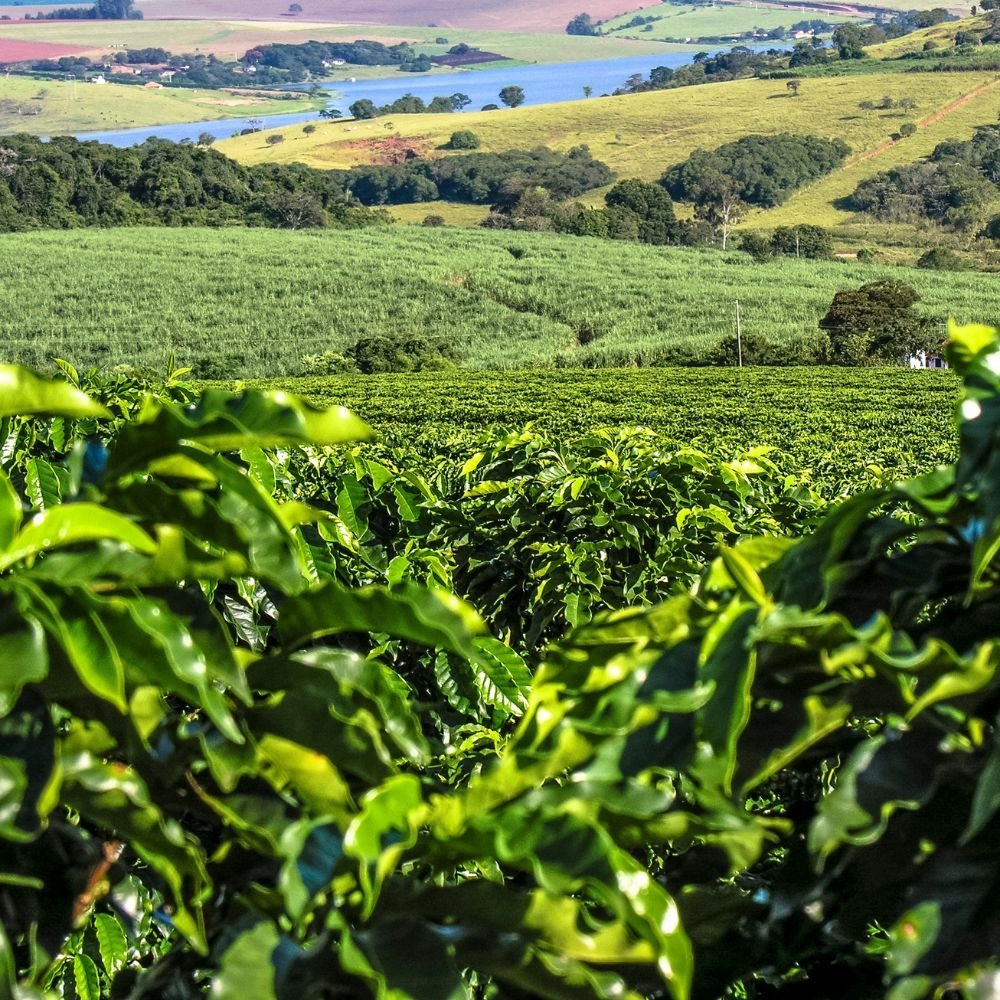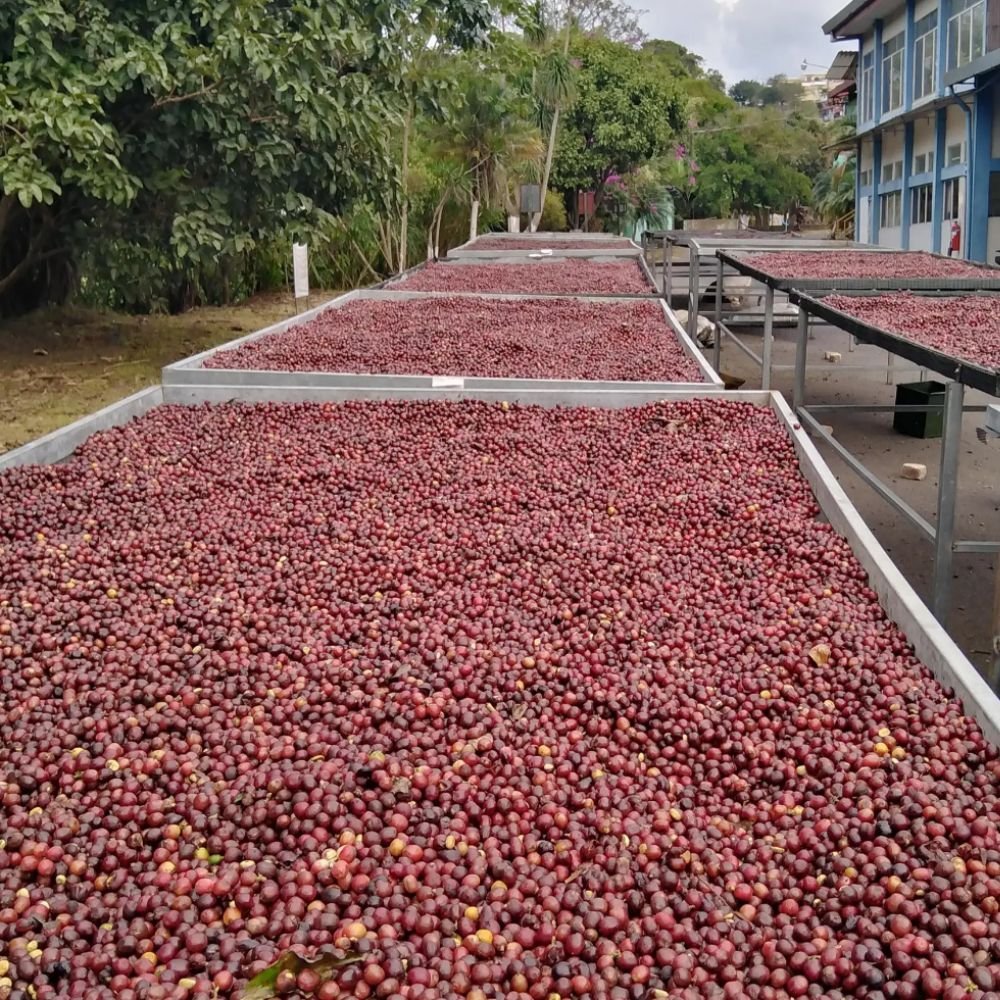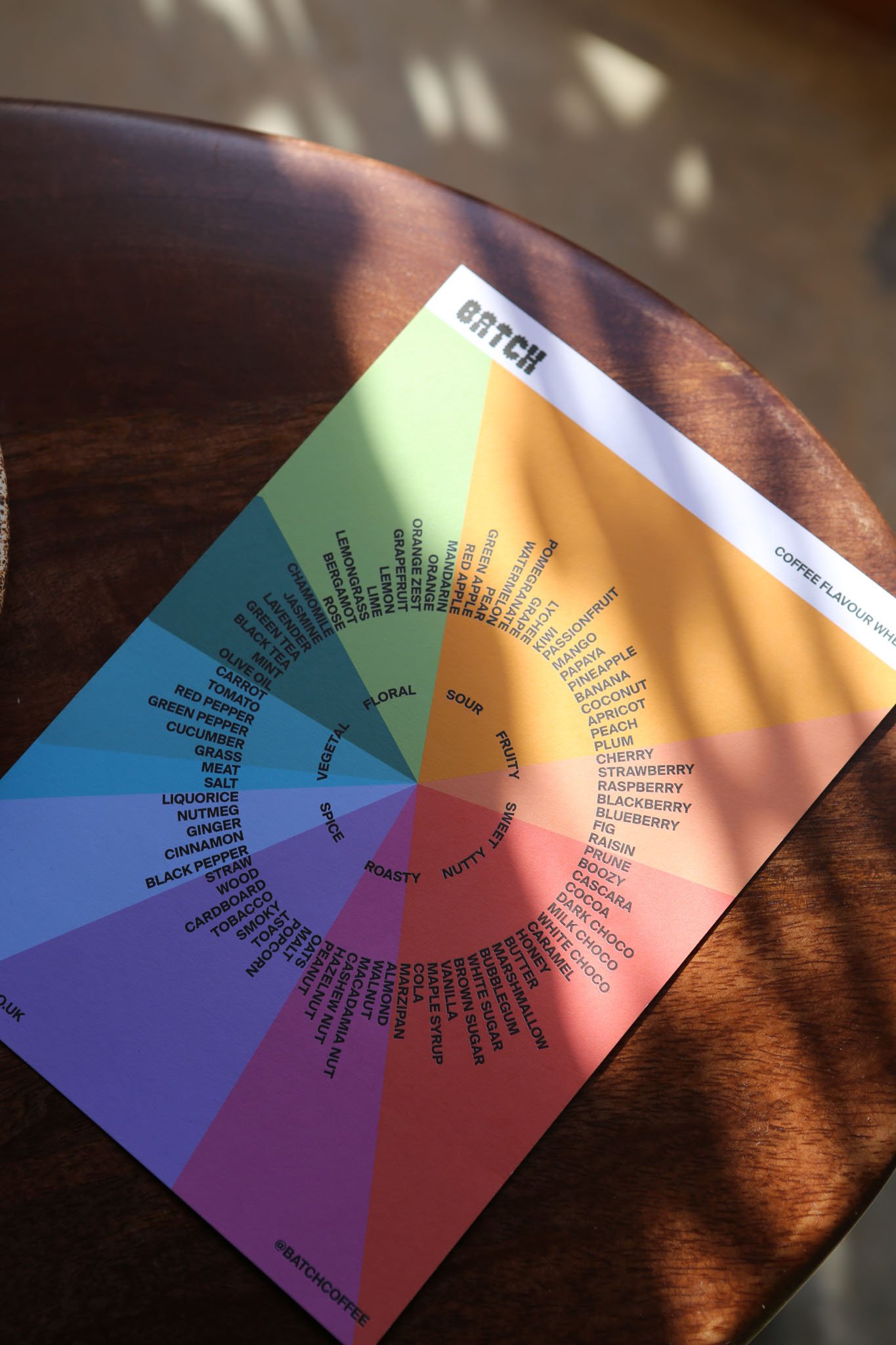Costa Rican Coffee Beans
Costa Rica
coffee beans are always a pleasure to taste and review, I must admit that whenever I receive samples to taste for our coffee subscription, if there is a Costa Rican single origin I’m often most excited to try this one first.

Costa Rican Coffee Beans




Costa Rica is a wonderful country. I had the pleasure of visiting a few years ago, the landscape and wildlife are phenomenal. Does it get better than Toucan-spotting in the morning while sipping on your filter coffee?
Visiting the coffee farms in Costa Rica revealed to me the meticulous care and dedication that the producers invest in their crops.
Despite producing a relatively small amount of coffee, Costa Rica is home to innovative producers who have pioneered many significant processes in the coffee industry today.
Costa Rican Coffee History
The story of Costa Rican coffee began in the late 18th century when coffee plants were imported into the country from Cuba and cultivated along the central valley region.
As with any emerging industry, it took some time to gain momentum, but after 30 years, commercial coffee plantations began to flourish, and coffee from Costa Rica was exported throughout South and Central America.
The first exports to the UK and the US occurred in the mid-19th century as the industry began to thrive.
The significance of coffee grew substantially, with exports and sales surpassing revenues from cacao, tobacco, and sugar.
The additional income from coffee transformed the country, leading to the development of transportation networks and improved infrastructure in both urban and rural areas.
The coffee boom faced a setback during the first half of the 20th century as world wars disrupted exports to Europe and new coffee plant diseases devastated crops.
In the 1980s, the Costa Rican government aimed to enhance the quality of coffee production by banning low-quality Robusta coffee, thereby transforming the global perception of Costa Rican coffee beans.
Costa Rican Coffee Industry Today
Costa Rica contributes less than 1% of the world’s coffee supply however it still ranks the country the 15th biggest coffee producer in the world. Costa Rica’s remarkable diversity has contributed to the high quality and variety of coffee produced in the country. For example, coffee produced in rainforest regions can vary significantly from that grown in the highlands.
Farmers here are also committed to high quality coffee and experimenting with varietals and processes. There are many farmers now using the Gesha varietal for instance alongside pioneering local varietals such as Venesia nd Villa Sarchi.
However the industry has been in decline for quite a few years now and faces an uncertain future.
The coffee industry is increasingly becoming unviable as seasonal workers, primarily from Nicaragua, are now seeking employment in other countries like the US due to low wages in Costa Rica.
Costa Rican Coffee Industry Today. Photo – Mercanta
Additionally, the significant depreciation of the local currency has exacerbated production costs and reduced the competitiveness of Costa Rica coffee on the international market.
Production challenges, including disease outbreaks and climate change-induced variability, have further eroded yields and quality.


Coffee Growing Regions of Costa Rica
Tarrazú
Tarrazú is located in the interior highlands of Costa Rica and is one of the most famous and prestigious coffee-growing areas in the country. Situated in the southern part of the San José province, this region is known for its high altitudes, ranging from 3,900 to 5,900 feet, which significantly contributes to the exceptional quality of its coffee
Tarrazú’s climate is ideal for coffee cultivation, characterised by a clear division between the rainy and dry seasons, which helps in the optimal development and ripening of coffee cherries. The volcanic soil in this region is rich in minerals, further enhancing the flavour profile of the coffee beans.
Coffee from Tarrazú is renowned for its bright acidity, full body, and complex flavour profiles. Typical tasting notes include citrus, floral, and berry-like undertones, with a clean and crisp finish.
Central Valley
The Central Valley coffee region of Costa Rica, also known as Valle Central, is one of the most renowned coffee-growing areas in the country. Located near the capital city of San José, this region benefits from a combination of fertile volcanic soil, a mild climate, and well-defined rainy and dry seasons, which create ideal conditions for coffee cultivation.
The coffee beans from this region often exhibit notes of chocolate, fruit, and honey, resulting in a smooth and rich cup with good acidity.
Turrialba
Located near the Turrialba volcano. Growing coffee near active volcanoes significantly enhances the quality and flavors of the beans.
Brunca
The Brunca coffee region, located in the southern part of Costa Rica.
The high humidity and tropical climate of Brunca contribute to the complex and varied flavours found in its coffee. Typical tasting notes include red fruit, citrus, and floral undertones, with higher altitude areas producing beans with a sweet and complex citrus flavour, while lower and middle areas yield softer, milder profiles.
Guanacaste
Located in the northwestern part of Costa Rica is the Guanacaste coffee growing region. Unlike other coffee-growing areas in the country, Guanacaste features lower elevations, ranging from 2,000 to 4,300 feet, which significantly influences the characteristics of its coffee.
The flavor profile of Guanacaste coffee often includes notes of nuts, chocolate, and mild fruit, making it a smooth and approachable choice for many coffee drinkers
Orosi
One of the oldest coffee-growing areas in the country is Orosi, located in the eastern part of Costa Rica’s Central Valley.
The volcanic soil, enriched by the nearby Irazú and Turrialba volcanoes, adds essential minerals that enhance the flavour profile of the coffee.
Honey Processing
One of the most renowned coffee processing methods, Honey processing, was invented in Costa Rica.
It was developed as a more efficient alternative to washed coffee, which demands significant water and labour.
Since its inception, Honey processing has become a highly sought-after method in specialty coffee, with other countries adopting the technique.
Honey processed coffee is harvested and depulped using a machine that removes the fruity layer from the coffee cherry, leaving the seed (the bean) intact.
Instead of washing the beans to remove the mucilage, as in traditional methods, Honey processed coffee skips this step and goes directly to the drying process, leaving the mucilage on the beans.
This method can produce incredible flavours, which is why Honey processing has gained widespread popularity.
Variations such as Red or Black Honey have also emerged in recent years, each with slight processing differences.





